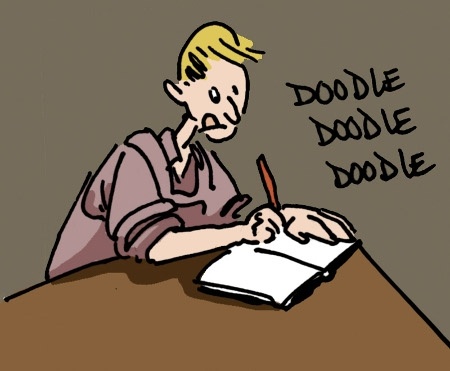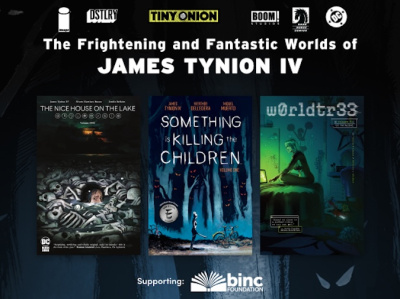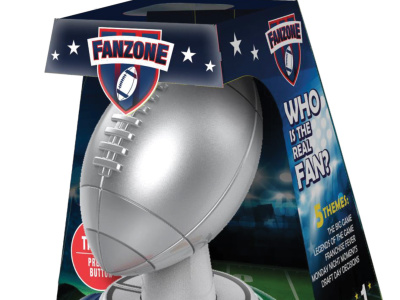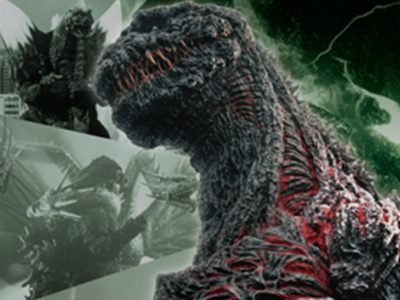ICv2 recently spoke with Mark Siegel, Editorial Director of First Second Books, to discuss the graphic novel market and First Second’s line. In Part 2 of our three part interview, we discuss the graphic novel market and the emergence of "the new mainstream" as a third graphic novel category alongside superhero and manga; in Part 3, we hear about the highlights of First Second’s 2015 releases; and in Part 1, we discussed First Second’s big releases in 2014 and get a look at the numbers.
How do you allocate the reasons for growth between market growth, if any, and growth of First Second? Are you sharing in the growth that’s out there or are you racing ahead of the market?
That’s a good question; we’ve been looking at our data and trying to read it. Part of what we’re seeing is the investment into the institutional side. The libraries and school libraries have become a very stable part of our business and that’s very review-driven. The extra care going into the books pays off in that market in a big way. We have some books that are just carried by that market, and if we were just relying on the trade market or on the direct market, the book would have been a flop. Then it turns out that the book does really well.
That’s especially true for anything directed at people under 18, right?
Exactly. It’s true, we have a harder time getting the numbers in our adult fiction. Adult nonfiction, no problem. If it can get a pop in the media, then it goes. But we’ve had adult fiction that we feel the reviews are great, but it doesn’t quite translate into sales the way it would if it was [for] teens.
The library and school market must be much bigger for kids than for adults for First Second then?
I think so because there are teen librarians and children’s librarians who are very influential, the "big mouths" they call them. These are the ones where the library is a nexus of the community. For adult patrons of the library, it’s not quite the same. The best teen librarians are very, very involved in their communities and that makes a huge difference, and then you multiply that across the whole country. And there’s a few of them like Robin Brenner, and the people who have done websites and reviews. They’ve set a certain standard that a lot of other librarians have been emulating.
What I find really interesting in the way the market is evolving is that oftentimes you can look at the librarians to see some of the trends for the book stores and the online booksellers later. What I’m hearing from a few different librarians is what they’re calling the "new mainstream" in graphic novels, which is not at all comics lingo. They talk about three sections: superheroes, manga, and "new mainstream," or sometimes they call it "author" graphic novels.
Who calls it that?
I’ve heard it from several librarians who have model graphic novel collections. I’ve heard it in DC, Boston, some of the New York librarians. It’s author-driven. They’re saying this is the section where Faith Erin Hicks lives, where Jillian Tamaki, Farel Dalrymple lives. Obviously there is some blur, and occasionally some titles that are hard to place, but I find that really interesting because that third section is where we live and where we want to keep developing.
The ones who really have the big collections like Columbia, or librarians we see at comic cons, they’ll have those three sections but they’re broken down into fiction, non-fiction, and maybe genre as well. I find that interesting because I’m always wondering: what’s the future breakdown of these things?
A lot of the kids (today) are coming up with graphic novels, the young stuff we publish, the stuff that Scholastic and NBM is putting out for young readers. They’re growing up reading Raina Telgemeier, Jeff Smith, George O’Connor, and they’re coming up with a different paradigm. I think we’re going to see that more and more as a section of its own. It’s weird because sometimes you’ll find Mike Mignola in there, because he’s considered an author now. Or you’ll find Brian K. Vaughan and Fiona Staples with Saga. It’s not always neat, but it never was.
It really relates to how customers buy, and if you like one thing, what else will you like.
And how they read, essentially. There’s a part of this where we’re watching and seeing how it’s evolving and there’s a part where we make choices. All the publishers across the board are making choices of how they present what they do and what kind of conversation goes with certain books and how they’re marketed. That has an effect too, I think.
You’ve talked about the library and education markets. How are things going in trade--the major areas of online, chain book stores, indie book stores and comic stores?
We’re moving along in all of these. Obviously Amazon is huge, there’s no getting around that. It’s a very essential part of our market. When we break down our hundred channels, the top ten will be our distributors, and then the indie booksellers and some of those include comic shops and big bookstores. We’re looking at .3% or .5% for a Book Passage in San Francisco or Big Brain, but you put those all togetherand even though it looks all dispersed and like micro-channels, they all add up to a pretty big chunk of what we’re doing.
Some of that distributor business is also indie bookstore, right?
That’s an important relationship. The different houses are seeing the results of which channels they court most are going to be their faithfuls.
It’s a small subset of comics stores, the ones that stick out as being significantly invested in the category?
Yes. Not the action figure ones, but the ones that are more focused on the graphic novels.
And are probably getting a family crowd.
That’s right.
There’s been a lot of talk over the last year about the changing gender mix of comics readers. What’s the gender mix of your audience and how do see that reflected in your channels?
The only gauge we have on that is who we meet at Comic-Con and MOCCA and TCAF, and we’re seeing a lot of women. We’re also getting a lot of submissions from women who were teens themselves not so long ago, who are fans of Faith Hicks and Raina Telgemeier. A lot of projects have girl characters and female authors. I’m sure that’s reflecting something.
We’re seeing the spillover of how manga altered the balance of gender. I think some of that is definitely carrying into this kind of graphic novel that we do.
Meaning women were introduced to graphic novels through manga and start looking for other things, too?
For sure. We know that from the people who are here. People are incorporating a manga aesthetic more and more, but it’s still quite different. What we’re doing is definitely not manga per se, but we’re finding those readers.
I think the gender balance is continuing to head in the direction of parity.
Will it end there? In regular books, female buyers outnumber male.
That’s right, and I think we’re heading there with comics as well. I really do. Definitely in teen reading.
I’ve had a lot of visits to Hollywood; I’ve been giving these talks in the animation studios this past year (I’ve seen more of Hollywood than of the librarians). They have this paradigm, it’s almost the opposite... In books a strong female character is a plus, and in movies, according to a lot of these executives, they still carry around these notions that it has to be a boy.
Especially in animation. The canard there is that if you make it for boys, girls will watch anyway, but if you make it for girls, boys won’t watch it.
You hear that over and over, but things keep proving that wrong.
Click here for Part 3.
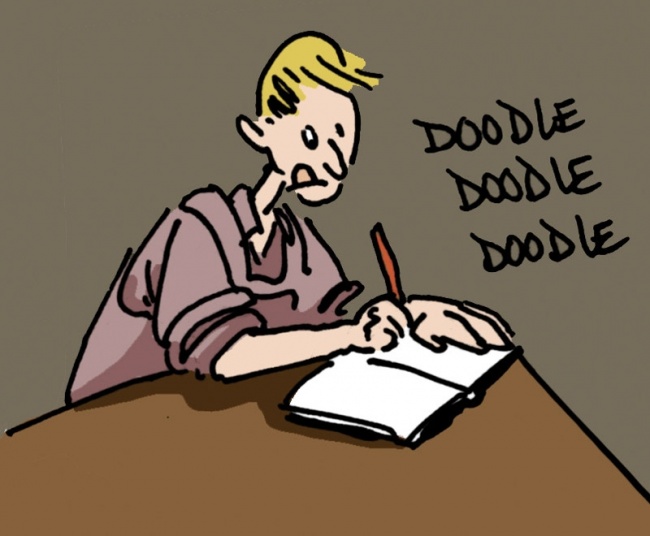
The 'New Mainstream' as a Third Graphic Novel Category
Posted by ICv2 on January 7, 2015 @ 4:07 am CT
MORE COMICS
From Tiny Onion, Dynamite, Image, IDW
July 18, 2025
There are four Humble Bundle deals running right now, from Tiny Onion, Dynamite, Image, and IDW.
From Marvel Comics
July 18, 2025
Age of Revelation, a new status quo taking place 10 years into the future and arising out of current developments in the X-Men titles, begins in October.
MORE NEWS
With 'Fanzone: Electronic Football Trivia Game'
July 18, 2025
Ultra PRO will release Fanzone: Electronic Football Trivia Game into retail.
Booster Set Adds King Ghidorah, Gigan, and Spacegodzilla
July 18, 2025
Bushiroad announced a second booster set for Godzilla Card Game.



